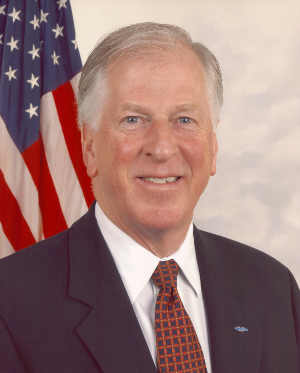- Dr. Tony Phillips
- Posted On
Space News: The fireballs of February
In the middle of the night on Feb. 13, something disturbed the animal population of rural Portal, Georgia.
Cows started mooing anxiously and local dogs howled at the sky. The cause of the commotion was a rock from space.
"At 1:43 a.m. Eastern, I witnessed an amazing fireball," reported Portal resident Henry Strickland. "It was very large and lit up half the sky as it fragmented. The event set dogs barking and upset cattle, which began to make excited sounds. I regret I didn't have a camera; it lasted nearly 6 seconds."
Strickland witnessed one of the unusual "Fireballs of February."
"This month, some big space rocks have been hitting Earth's atmosphere," said Bill Cooke of NASA's Meteoroid Environment Office. "There have been five or six notable fireballs that might have dropped meteorites around the United States."
It’s not the number of fireballs that has researchers puzzled. So far, fireball counts in February 2012 are about normal. Instead, it's the appearance and trajectory of the fireballs that sets them apart.
"These fireballs are particularly slow and penetrating," explained meteor expert Peter Brown, a physics professor at the University of Western Ontario. "They hit the top of the atmosphere moving slower than 15 km/s, decelerate rapidly, and make it to within 50 km of Earth’s surface."
The action began on the evening of Feb. 1 when a fireball over central Texas wowed thousands of onlookers in the Dallas-Fort Worth area.
"It was brighter and long-lasting than anything I've seen before," reported eyewitness Daryn Morran. "The fireball took about eight seconds to cross the sky. I could see the fireball start to slow down; then it exploded like a firecracker artillery shell into several pieces, flickered a few more times and then slowly burned out." Another observer in Coppell, Texas, reported a loud double boom as "the object broke into two major chunks with many smaller pieces."
The fireball was bright enough to be seen on NASA cameras located in New Mexico more than 500 miles away.
"It was about as bright as the full Moon," said Cooke.
Based on the NASA imagery and other observations, Cooke estimates that the object was 1 to 2 meters in diameter.
So far in February, NASA's All-Sky Fireball Network has photographed about a half a dozen bright meteors that belong to this oddball category.
They range in size from basketballs to buses, and all share the same slow entry speed and deep atmospheric penetration.
Cooke has analyzed their orbits and come to a surprising conclusion: "They all hail from the asteroid belt—but not from a single location in the asteroid belt," he said. "There is no common source for these fireballs, which is puzzling."
This isn't the first time sky watchers have noticed odd fireballs in February. In fact, the "Fireballs of February" are a bit of a legend in meteor circles.
Brown explained: "Back in the 1960s and 70s, amateur astronomers noticed an increase in the number of bright, sound-producing deep-penetrating fireballs during the month of February. The numbers seemed significant, especially when you consider that there are few people outside at night in winter. Follow-up studies in the late 1980s suggested no big increase in the rate of February fireballs. Nevertheless, we've always wondered if something was going on."
Indeed, a 1990 study by astronomer Ian Holliday suggests that the “February Fireballs” are real.
He analyzed photographic records of about a thousand fireballs from the 1970s and 80s and found evidence for a fireball stream intersecting Earth's orbit in February. He also found signs of fireball streams in late summer and fall.
The results are controversial, however. Even Halliday recognized some big statistical uncertainties in his results.
NASA's growing All-Sky Fireball Network could end up solving the mystery. Cooke and colleagues are adding cameras all the time, spreading the network's coverage across North America for a dense, uninterrupted sampling of the night sky.
"The beauty of our smart multi-camera system," noted Cooke, "is that it measures orbits almost instantly. We know right away when a fireball flurry is underway – and we can tell where the meteoroids came from." This kind of instant data is almost unprecedented in meteor science, and promises new insights into the origin of February’s fireballs.
Meanwhile, the month isn't over yet. "If the cows and dogs start raising a ruckus tonight," advises Cooke, "go out and take a look."
Dr. Tony Phillips works for the National Aeronautics and Space Administration.
Follow Lake County News on Twitter at http://twitter.com/LakeCoNews, on Tumblr at www.lakeconews.tumblr.com, on Google+, on Facebook at www.facebook.com/pages/Lake-County-News/143156775604?ref=mf and on YouTube at www.youtube.com/user/LakeCoNews .

 How to resolve AdBlock issue?
How to resolve AdBlock issue? 







